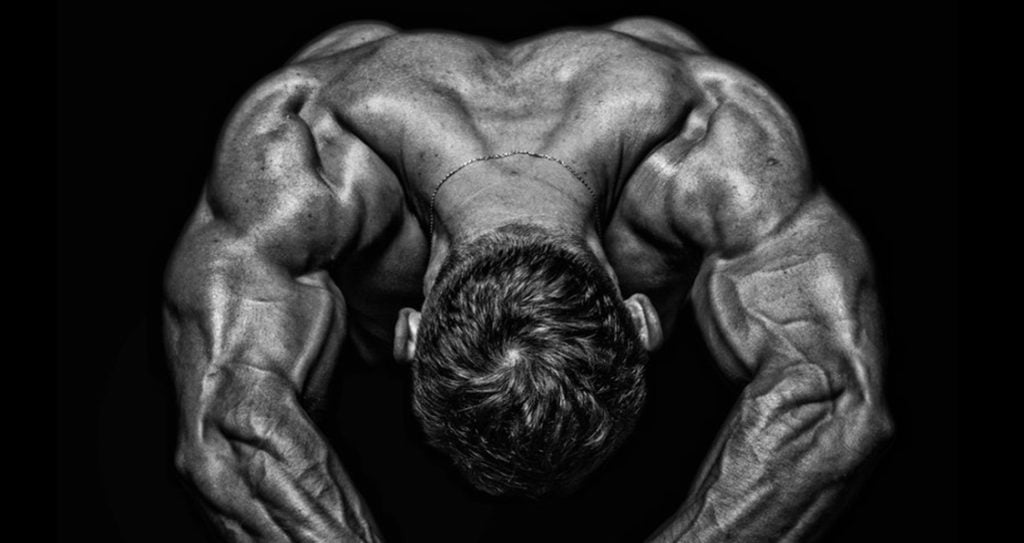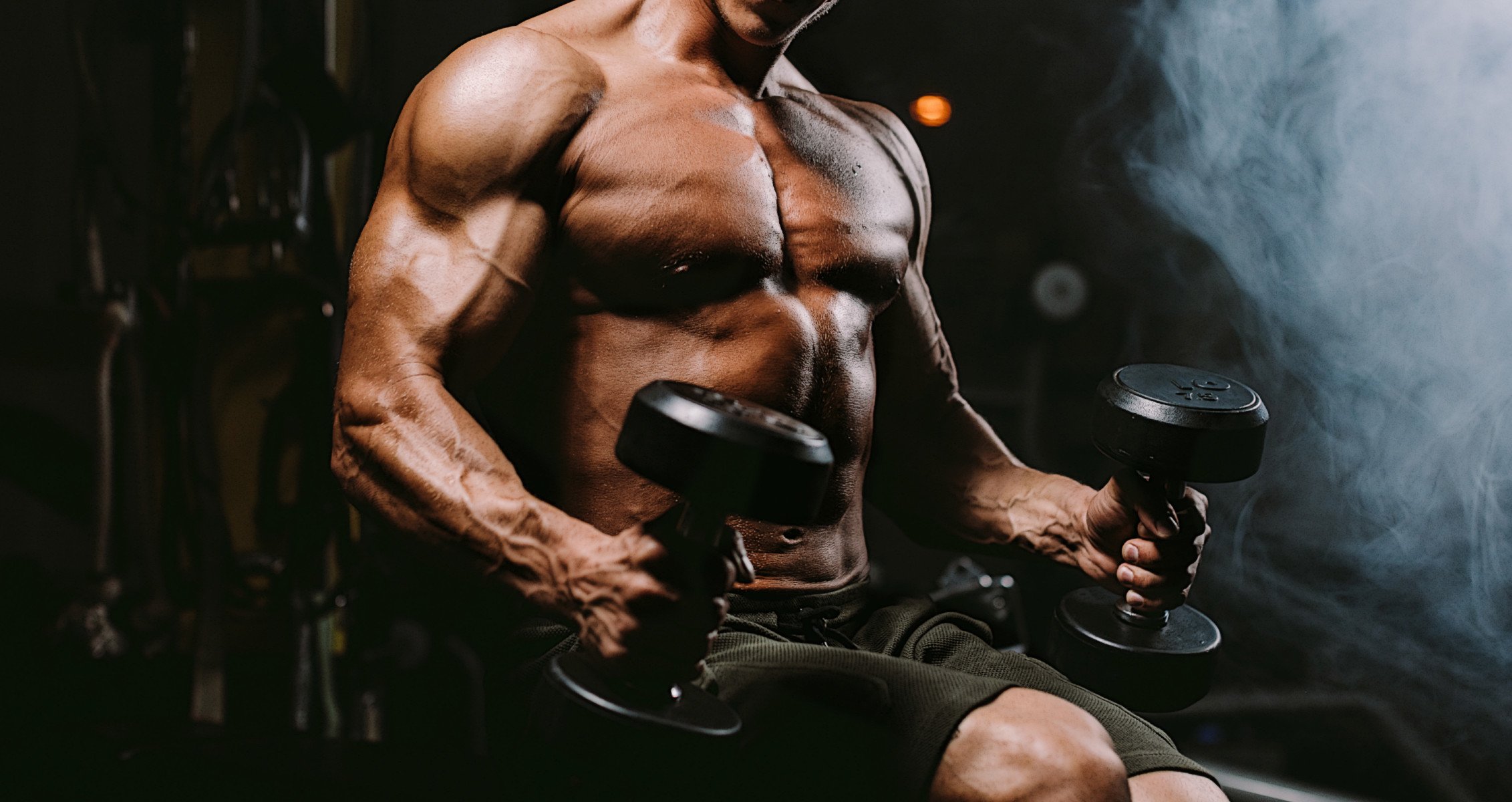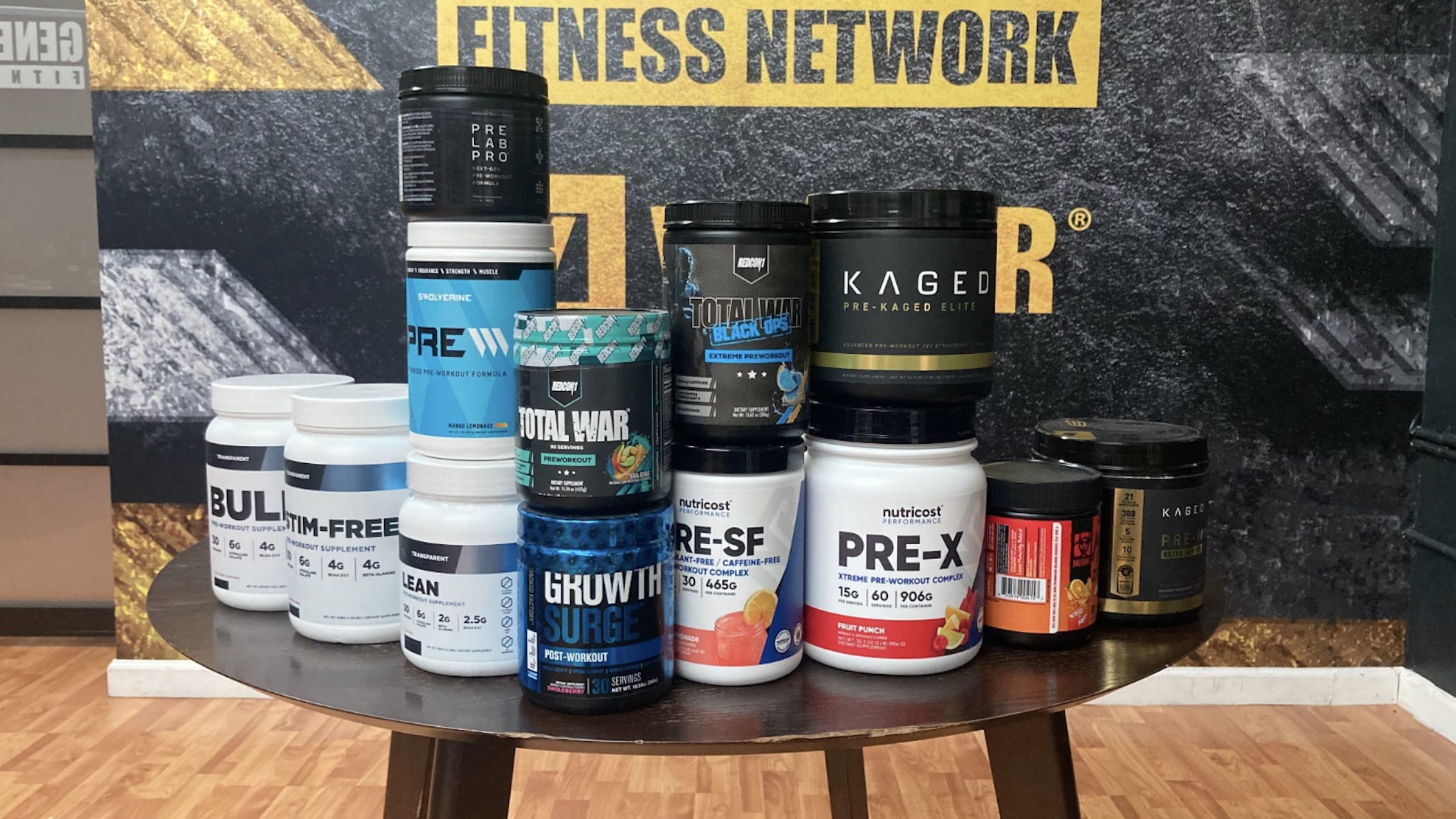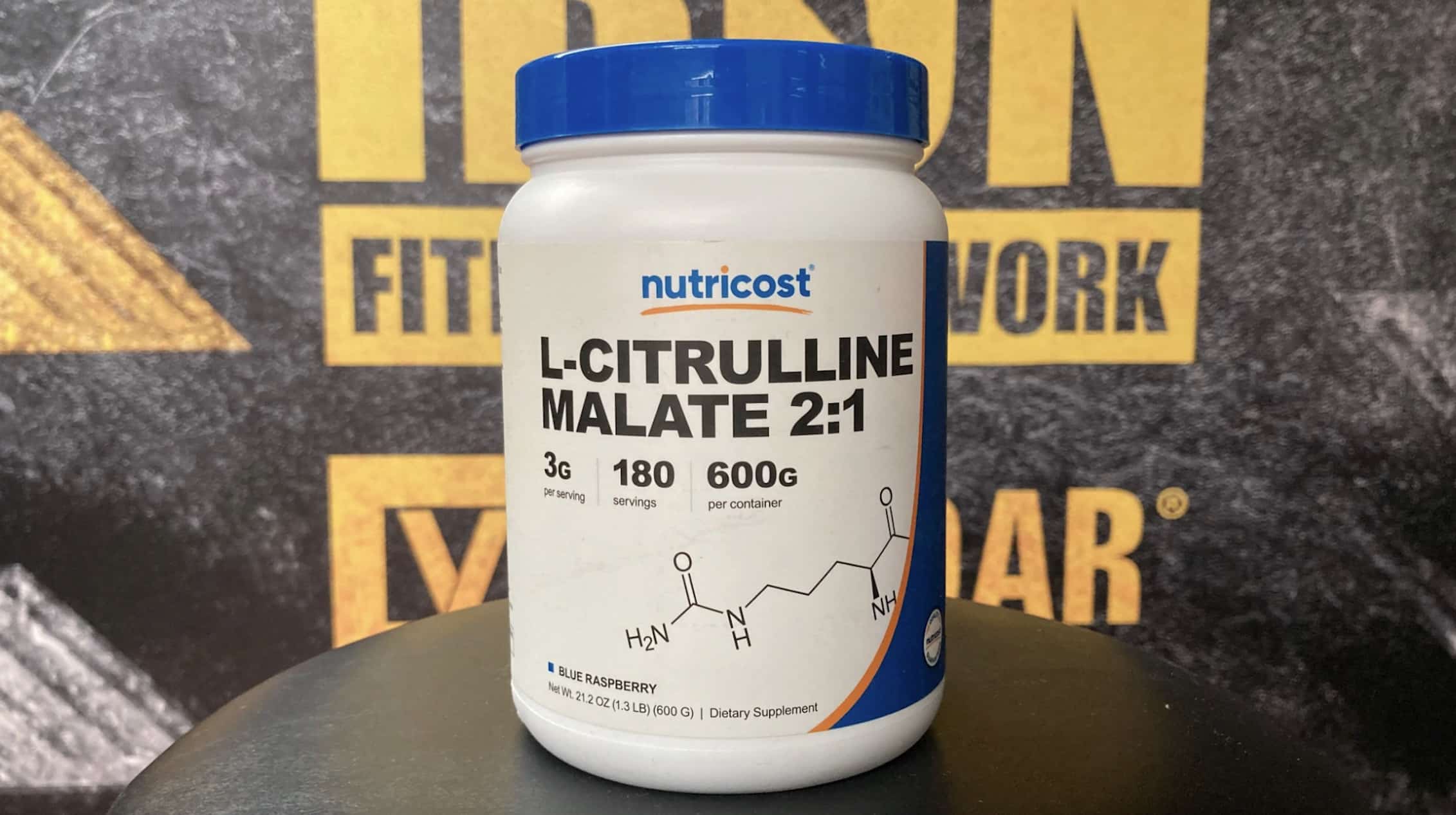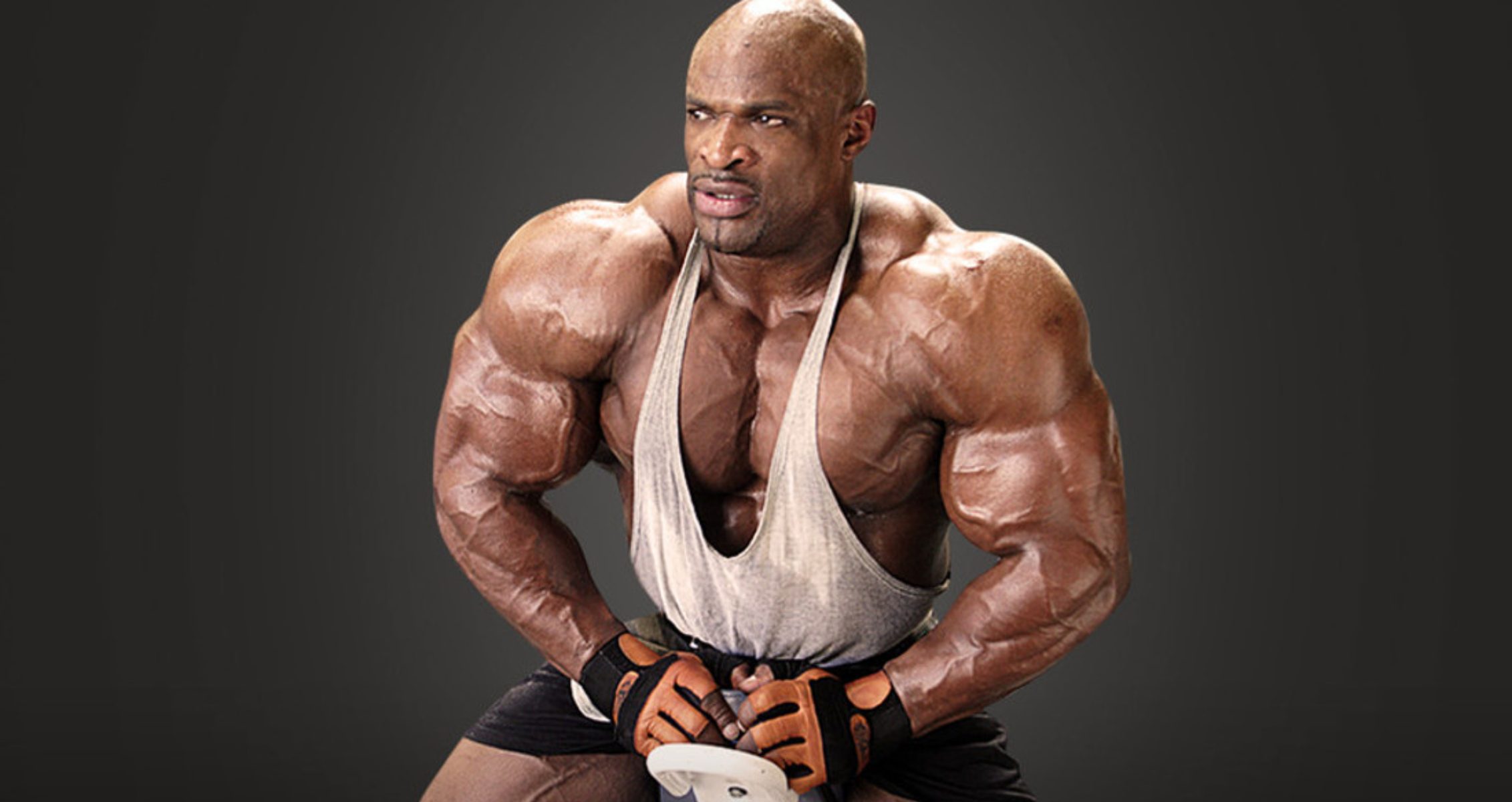Do shrugs actually make your neck disappear?
When you think of building a complete physique, one thing you need are impressive traps — those thick, mountainous muscles that sit between your neck and shoulders. The first trap exercise that probably comes to mind is the classic shrug, whether that be barbell or dumbbell. It’s a staple in gyms everywhere. Just grab a pair of dumbbells, lift your shoulders toward your ears, and repeat.
But the question stands: Are shrugs really the best exercise for developing your trapezius muscles? Or is this movement just overrated gym lore?
Our team at Generation Iron is going to break down the anatomy of the traps, explore the role shrugs play in building them, and consider what other exercises may deserve a spot in your training program.
Understanding the Trapezius Muscle
The trapezius is a large, diamond-shaped muscle that spans the upper back. It’s divided into three main regions, each responsible for different movements:
- Upper traps: Elevate the scapula (shrugging motion) and assist in upward rotation.
- Middle traps: Retract the scapula (pull your shoulder blades together).
- Lower traps: Depress the scapula and assist in upward rotation.
While shrugs primarily hit the upper traps, a complete trap workout should ideally target all three regions to create not only size but also balance and functionality.
The Case for Shrugs
Shrugs are popular for a reason. They’re simple, can be loaded heavy, and target the upper traps directly. When performed correctly, shrugs can help develop that “yoked” look that many lifters chase. Benefits of shrugs include:
- Direct upper trap activation: Few exercises isolate this area so efficiently.
- Progressive overload potential: You can steadily increase weight over time.
- Minimal technique barrier: Great for beginners and advanced lifters alike.
However, just because an exercise is easy to perform doesn’t make it the best option — especially if your goal is to build a thick, well-rounded set of traps.
The Limitations of Shrugs
Shrugs may hit the upper traps, but they fall short in a few key areas:
- Neglect of middle and lower traps: If shrugs are your only trap exercise, you’re missing two-thirds of the muscle.
- Limited range of motion: The vertical movement is a short range of motion and doesn’t challenge the traps through multiple angles.
- Risk of bad form: Many lifters roll their shoulders during shrugs, which doesn’t help the traps and may lead to injury.
- Grip fatigue: When lifting heavy, your grip can fail before your traps are fully taxed — unless you’re using straps.
Exercises That Rival (or Beat) Shrugs
If you want to truly develop all regions of the traps, consider incorporating the following movements:
1. Farmer’s Carries
Carrying heavy weights over a distance activates the entire trap structure, especially the upper traps. The time-under-tension component builds strength and endurance.
2. Rack Pulls
A heavy rack pull (partial deadlift starting just above the knee) overloads the traps — particularly the upper and middle regions — due to the heavy load and isometric contraction during the lift.
3. Face Pulls
These target the rear delts and middle traps while improving shoulder health and posture — a great accessory movement for balanced trap development.
4. Bent-Over Rows and T-Bar Rows
These rowing motions hit the middle traps and rhomboids. Holding the squeeze at the top emphasizes scapular retraction, key for thick mid-back development.
5. Prone Y-Raises
Excellent for isolating the lower traps. You don’t need heavy weight — just strict form. These are especially useful for fixing posture and improving shoulder stability.
6. Overhead Shrugs
Instead of shrugging with weights at your sides, try holding a barbell or dumbbells overhead and shrugging your shoulders up. This hits the traps in a unique way and demands stability from your core and shoulders.
Programming for Complete Trap Development
If you’re chasing bigger, stronger traps, don’t rely solely on shrugs. A more well-rounded approach might look like this:
Upper Traps:
- Dumbbell or barbell shrugs: 3–4 sets of 10–15 reps
- Farmer’s carries: 3–4 sets for 40–60 seconds
Middle Traps:
- T-bar rows: 3–4 sets of 8–12 reps
- Face pulls: 3 sets of 15–20 reps
Lower Traps:
- Prone Y-raises or incline dumbbell Y-raises: 3 sets of 12–15 reps
- Overhead shrugs: 3 sets of 10–12 reps
Incorporate trap-focused exercises 1–2 times per week, preferably after major compound lifts like deadlifts or overhead presses.
The Verdict: Are Shrugs the Best?
Shrugs are a great trap exercise, especially for targeting the upper portion of the muscle. But are they the best? Not necessarily. They’re a piece of the puzzle — not the whole picture.
The best way to train traps involves a combination of exercises that hit the muscle from different angles and under various loads. Upper traps respond well to heavy loads and carries, while the middle and lower traps thrive with volume and mind-muscle connection.
If your trap training starts and ends with shrugs, you’re leaving growth on the table.
Final Thoughts
Don’t ditch shrugs — just don’t make them your only move. If you want traps that pop out of your shirt, that support your posture, and that contribute to real-world strength, then diversify your training. Incorporate loaded carries, heavy pulls, smart rowing, and accessory movements that hit every part of the trap.
Want to get truly yoked? Shrug… and then do more.
Follow Generation Iron on Instagram, Facebook, and Twitter for more workout tips!
